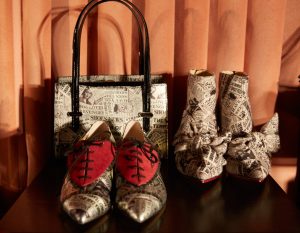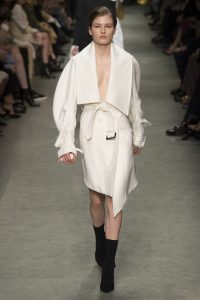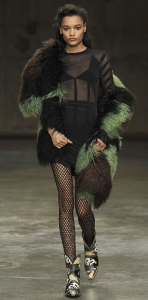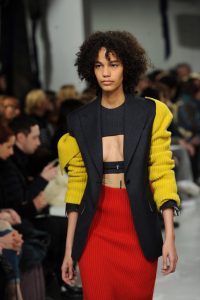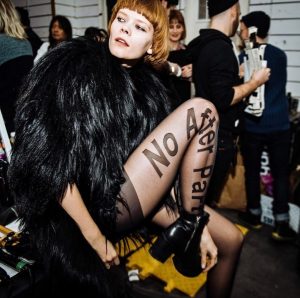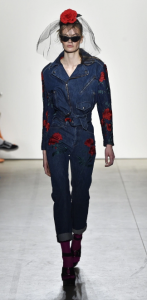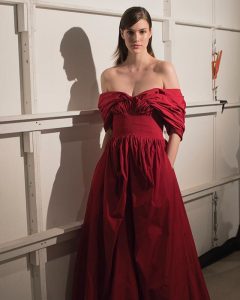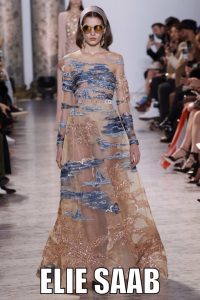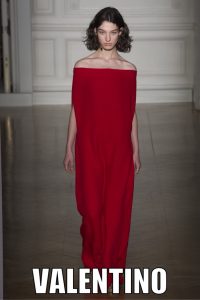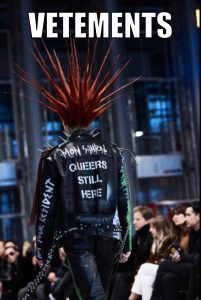By SHELLIE FRAI
Just a month after the death of Franca Sozzani, Vogue Italia’s long-time editor-in-chief, the editor-in-chief of British Vogue, Alexandra Shulman, resigned from her post after 25 years.
Shulman’s resignation was announced during Paris Fashion Week, leaving the magazine’s publishing company, Conde Nast, scrambling to find her replacement amid the chaos of the industry’s busiest time of the year.
However, two days ago British Vogue announced it found her replacement — Edward Enninful, 45. Making him the first nonwhite man to take on the responsibility of editing one of the most powerful women’s fashion publications in the world in the magazine’s 100-year history.
Enninful is a smart choice due to his years of experience in the industry, beginning as a model for i-D magazine he was 16 and becoming the magazine’s fashion editor at just 18.
After working 20 years for i-D magazine, Enninful became the creative and fashion director of Conde Nast’s W magazine, using his unique vision to raise the publication’s popularity and revenue.
Enninful also worked as a contributing editor to Vogue Italia. He is credited for helping curate one of the magazine’s most famous issues, “The Black Issue,” which featured only black models and was so popular Conde Nast had to print 400,000 additional copies.
Two years ago, Enninful was awarded the Isabella Blow Award for Fashion Creator at the British Fashion Awards. The prize commemorates outstanding people in the fashion industry for their contributions to the sector.
Not only is Enninful a powerful figure in the fashion industry, but a recognized advocate for diversity. Last year, Queen Elizabeth II honored him, as part of her birthday honors, for his efforts in diversifying the fashion industry.
Due to Enninful’s charismatic presence and passion for the industry, he has friends in all aspects of the sector. Taking fashion icons Kate Moss and Naomi Campbell as dates to the Met Gala and standing next to Michelle Obama in Instagram photos are but a few examples.
His well-rounded Rolodex of connections will be very useful and important when he takes on the role of editor in chief of British Vogue Aug. 1.

